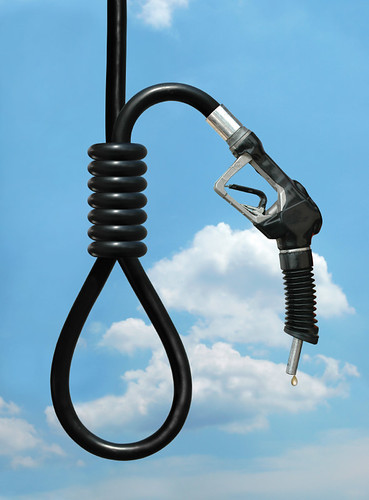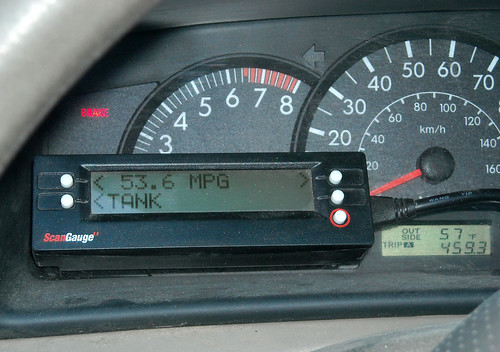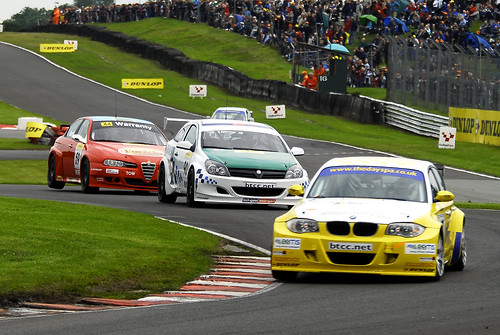New car CO2 emissions drop dramatically in UK
(Source: Autbloggreen)

The Autoblogger says “2008 saw the biggest drop ever in CO2 emissions from new vehicles sold in the UK, with a year over year reduction of 4.2 percent. Wtih a fleetwide average of just 158 g/km, cars amount to just 11.5 percent of total UK carbon dioxide emissions. The combination of rapid escalation in fuel prices in 2008 and congestion charges in cities like London undoubtedly pushed many car buyers to some of the low emissions specials like the VW Polo BlueMotion, Smart ForTwo CDi and Ford Fiesta ecoNetic.”






























